Photo


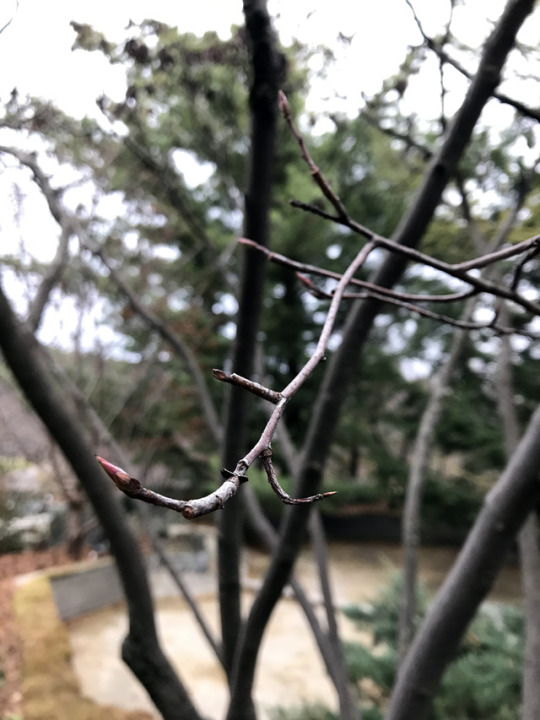

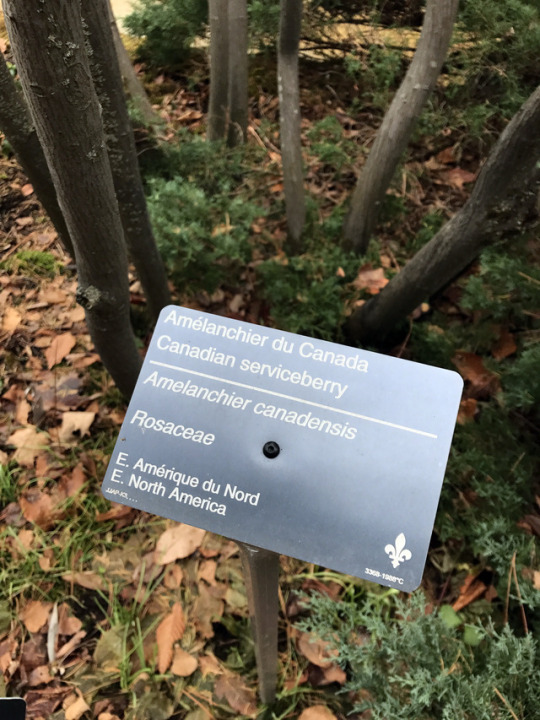
Amelanchier canadensis / Canadian Serviceberry
PLANT COMMUNITY: New England barrier beach
NATIVE REGION: Eastern North America, from Maine to Georgia, west to Mississippi and in eastern parts of Tennessee
MATURE SIZE: Height of 25-30′, spread of 15-20′; large shrub or small tree
HABITAT/GROWING CONDITIONS: Swamps, lowlands, and thickets; easily grown in average, medium, well-drained soil in full sun to part shade; tolerant of a somewhat wide range of soils
ECO-INDICATOR: N/A
HARDINESS ZONE: 4-8
LEAF COLOR: Finely toothed, elliptic, medium to dark green leaves, change to orange-red in autumn.
FLOWER COLOR: Showy, five-petaled, slightly fragrant white flowers drooping clusters
FRUIT COLOR: Small, round, green berries, turn red and mature to a dark purplish-black in early summer
VALUE FOR REHABILITATION OF DISTURBED SITES: Serviceberry is useful as a windbreak planting.
SOURCES: https://plants.usda.gov/plantguide/pdf/pg_amca4.pdf; http://www.missouribotanicalgarden.org/PlantFinder/PlantFinderDetails.aspx?kempercode=j290; https://www.extension.umn.edu/environment/agroforestry/selecting-trees-shrubs-windbreaks/docs/windbreaksrevised_1.pdf
#amelanchier canadensis#canadian serviceberry#barrier beach#eastern north america#north america#eastern us#canada#swamps#thickets#lowlands#zone 4#zone 5#zone 6#zone 7#zone 8
15 notes
·
View notes
Photo

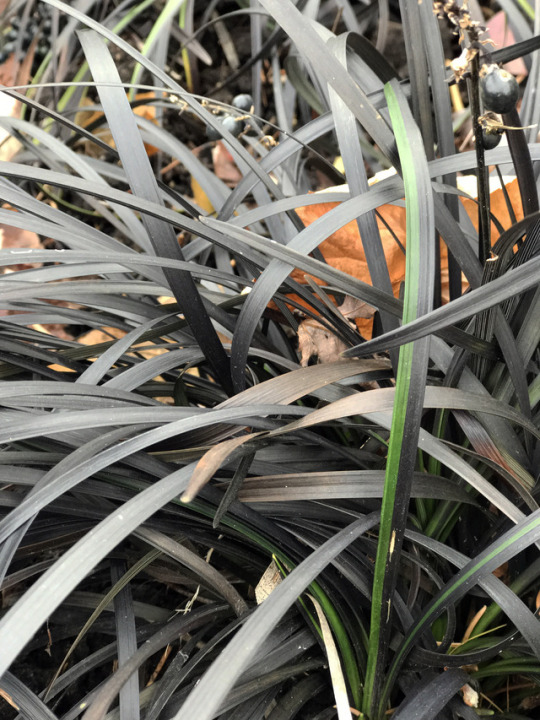



Ophiopogon planiscapus ‘Niger’ / Black Mondo Grass
PLANT COMMUNITY: N/A
NATIVE REGION: Japan
MATURE SIZE: Height of 9-12″, spread of 9-12″; tuberous-rooted, grass-like, slow spreading clumps
HABITAT/GROWING CONDITIONS: Woods, stream and pond margins; rich, fertile, humusy, slightly acidic, moist but well-drained, soils in part shade to full shade; salt and drought tolerant
ECO-INDICATOR: N/A
HARDINESS ZONE: 6-9
LEAF COLOR: Evergreen in warm winter climates, narrow, linear, deep green basal leaves; develops best black foliage color in sunny locations
FLOWER COLOR: White, bell-shaped flowers, tinted with lilac
FRUIT COLOR: Globular, pea-sized, glossy dark purple berries
VALUE FOR REHABILITATION OF DISTURBED SITES: Lilyturf is a useful plant for providing ground cover and is also planted for erosion control.
SOURCES: http://www.missouribotanicalgarden.org/PlantFinder/PlantFinderDetails.aspx?kempercode=e400; https://www.gardenia.net/plant/Ophiopogon-Planiscapus-Nigrescens-Black-Mondo; http://powo.science.kew.org/taxon/urn:lsid:ipni.org:names:538935-1
#ophiopogon planiscapus 'niger'#lily turf#japan#asia#woodlands#streams#salt damage#zone 6#zone 7#zone 8#zone 9#erosion control#black mondo grass
1 note
·
View note
Photo
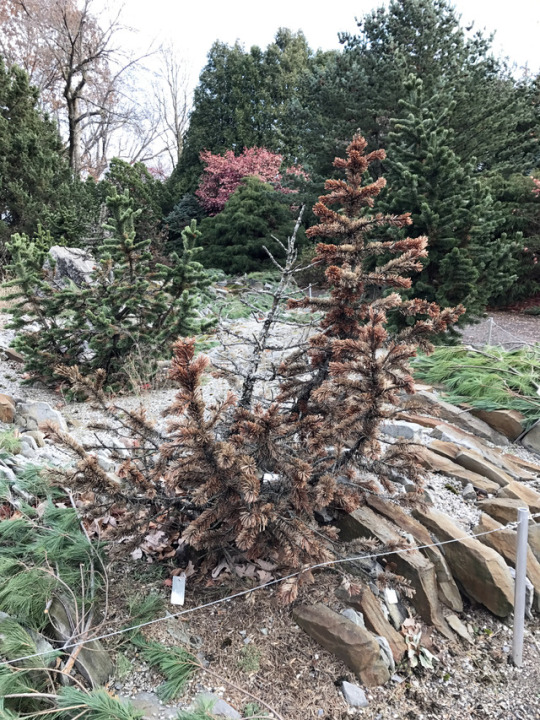

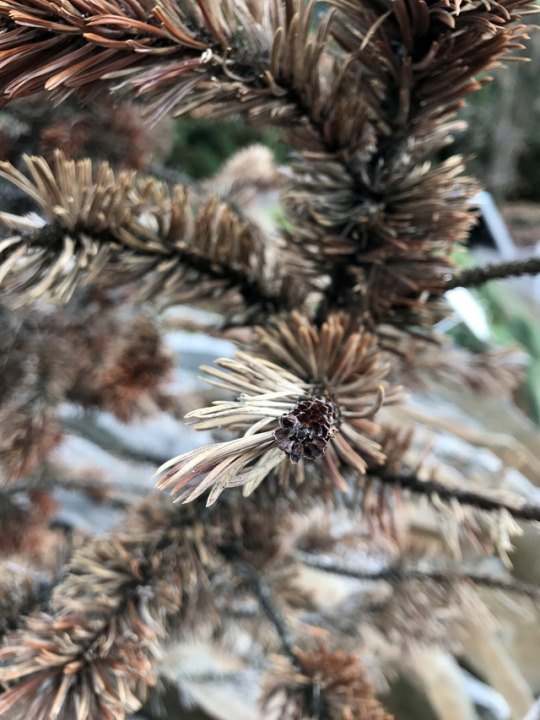


Pinus aristata / Bristlecone Pine
PLANT COMMUNITY: N/A
NATIVE REGION: South-western North America, Colorado to New Mexico
MATURE SIZE: Height of 39′, spread of 13′; oval or pyramidal
HABITAT/GROWING CONDITIONS: Dry rocky slopes; prefers well-drained soil, can grow on nutritionally poor soil; cannot grow in shade; can tolerate drought and strong winds
ECO-INDICATOR: N/A
HARDINESS ZONE: 4-7
LEAF COLOR: Evergreen, deep blue-green, with drops and scales of resin
FLOWER COLOR: Yellow bloom
FRUIT COLOR: Purple to brown seed cones; gray-brown to black seeds
VALUE FOR REHABILITATION OF DISTURBED SITES: Rocky Mountain bristlecone pine tolerates some toxic conditions and has potential value in restoring old mine and other polluted sites. On abandoned surface mines in Colorado, Rocky Mountain bristlecone pine seedlings were planted on topsoil-treated and overburden sites. Two years after planting, Rocky Mountain bristlecone pines showed 8.4 inches (21 cm) and 5.6 inches (14 cm) of height growth on topsoil and overburden sites, respectively. Survival was 100% on both sites. Rocky Mountain bristlecone pine is moderately tolerant of saline soil, but not of salt spray. In a greenhouse study, Rocky Mountain bristlecone pine seedlings showed high tolerance to ozone (20 pphm* and 30 pphm concentrations) compared to other pine species. Rocky Mountain bristlecone pine provides watershed and erosion protection on high-elevation sites. Pinus aristata can be used for windbreak.
SOURCES: http://www.pfaf.org/User/Plant.aspx?LatinName=Pinus+aristatal https://www.fs.fed.us/database/feis/plants/tree/pinari/all.html#MANAGEMENT%20CONSIDERATIONS; http://extension.oregonstate.edu/deschutes/sites/default/files/Horticulture/documents/WindbreakPlants.pdf; http://www.conifers.org/pi/Pinus_aristata.php
#pinus aristata#bristlecone pine#southern us#western us#north america#rocky slopes#slopes#zone 4#zone 5#zone 6#zone 7#contaminated soils#landfills#strip mined sites#ozone tolerance#watershed protection#erosion control#windbreak
1 note
·
View note
Photo



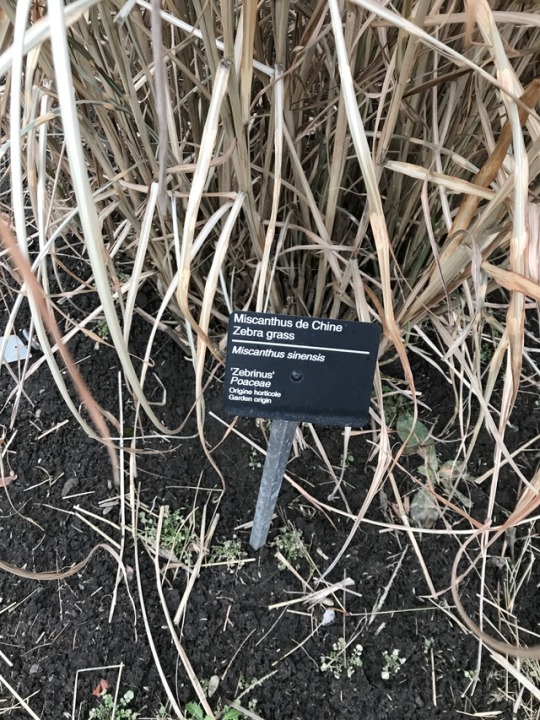
Miscanthus sinesis ‘zebrinus’ / Zebra Grass
PLANT COMMUNITY: N/A
NATIVE REGION: China, Korea, Japan; central, eastern, and western US, invasive
MATURE SIZE: Height of 5-8′, spread of 4-6′; tight clump shape, upward-arching stems
HABITAT/GROWING CONDITIONS: Lowlands, alpine areas, disturbed sites, roadsides, railroad, woodlands; easily grown in average, medium moisture, well-drained soil in full sun to part shade; tolerant of summer heat and humidity, drought, and air pollution
ECO-INDICATOR: N/A
HARDINESS ZONE: 5-9
LEAF COLOR: Linear leaves have tapered tips, serrate margins and whitish to silvery midribs; foliage often turns attractive shades of yellow to orange by mid-fall before gradually fading to beige-tan for winter
FLOWER COLOR: Pink to red flowers in feathery, whisk-like, loose terminal panicles bloom
VALUE FOR REHABILITATION OF DISTURBED SITES: In Japan, Chinese silvergrass is used to stabilize easily erodible soils and is planted to revegetate abandoned ski slopes.
SOURCES: https://www.fs.fed.us/database/feis/plants/graminoid/missin/all.html; http://www.missouribotanicalgarden.org/PlantFinder/PlantFinderDetails.aspx?kempercode=u940
#miscanthus sinesis 'zebrinus'#zebra grass#china#korea#japan#asia#invasive#central us#eastern us#western us#alpine#roadsides#railroads#woodlands#zone 5#zone 6#zone 7#zone 8#zone 9#erosion control#revegetation
0 notes
Photo







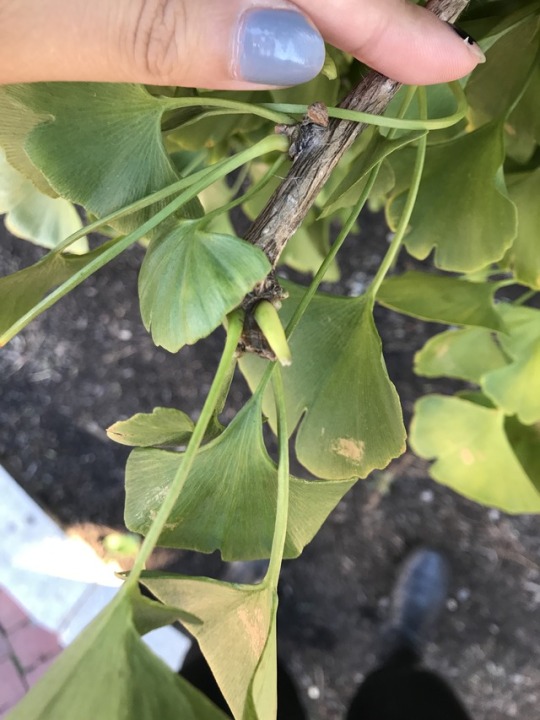


Ginkgo biloba / Ginkgo
PLANT COMMUNITY: N/A
NATIVE REGION: China
MATURE SIZE: Height of 50-80′, spread of 30-40′
HABITAT/GROWING CONDITIONS: Stream banks, rocky slopes, cliff edges; prefers moist, sandy, well-drained soils; tolerant of a wide range of soil conditions, including both alkaline and acidic soils and compacted soils, saline conditions, air pollution, heat, most urban environments
ECO-INDICATOR: N/A
HARDINESS ZONE: 3-8
LEAF COLOR: Two-lobed, leathery, fan-shaped, rich green leaves with diverging veins; turn bright yellow in fall
FLOWER COLOR: Fragrant, inconspicuous, green flowers
FRUIT COLOR: Female tree produce seeds encased in fleshy, green, yellow fruit-like coverings, messy, noxious odor
VALUE FOR REHABILITATION OF DISTURBED SITES: N/A
SOURCES: http://conifersociety.org/conifers/conifer/ginkgo/; http://www.missouribotanicalgarden.org/PlantFinder/PlantFinderDetails.aspx?kempercode=z990; http://hort.ifas.ufl.edu/database/documents/pdf/tree_fact_sheets/ginbila.pdf
#ginkgo biloba#ginkgo#china#asia#streams#rocky slopes#slopes#cliffs#zone 3#zone 4#zone 5#zone 6#zone 7#zone 8
1 note
·
View note
Photo


Onoclea sensibilis / Sensitive Fern
PLANT COMMUNITY: Red maple swamp
NATIVE REGION: Eastern North America
MATURE SIZE: Height of 3-4′, spread of 3-4′
HABITAT/GROWING CONDITIONS: Swamps, wet woods, streams; best grown in organically rich, medium moisture, well-drained soil in part shade to full shade; needs consistent moisture; grows taller in wet soils which it tolerates well
ECO-INDICATOR: N/A
HARDINESS ZONE: 4-8
LEAF COLOR: Long-stalked, deeply pinnatifid, bright green fronds; leathery, triangular leaflets which have distinctively netted veins; shorter, erect, woody-like fertile fronds brown up in late summer and persist throughout the remaining season and winter
VALUE FOR REHABILITATION OF DISTURBED SITES: Onoclea sensibilis is useful for erosion control.
SOURCES: https://www.fairfaxcounty.gov/nvswcd/drainageproblem/plant-list.htm; http://www.missouribotanicalgarden.org/PlantFinder/PlantFinderDetails.aspx?kempercode=l300
#onoclea sensibilis#sensitive fern#red maple swamp#eastern north america#swamps#woodlands#streams#zone 4#zone 5#zone 6#zone 7#zone 8#erosion control
0 notes
Photo
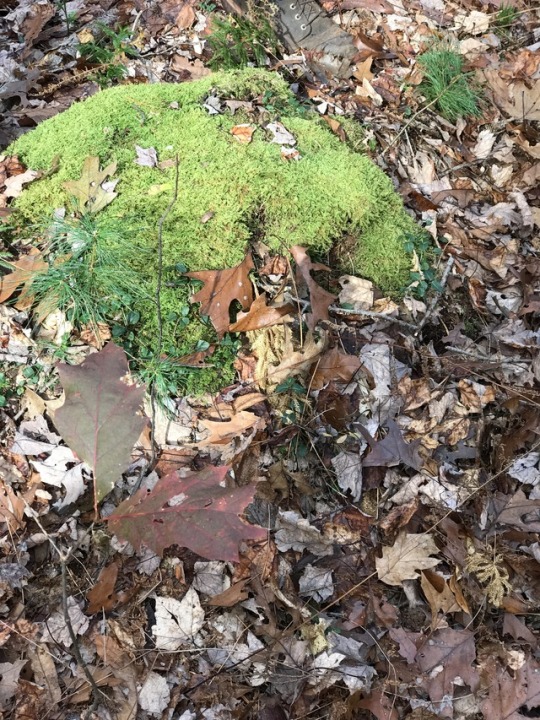


Sphagnum spp. / Sphagnum Moss
PLANT COMMUNITY: Red maple swamp
NATIVE REGION: Boreal areas in the Northern Hemisphere
MATURE SIZE: generally found growing in a thick, dense clump moss grows so close that it forms a cushiony "bog mat" that floats on top of the water
HABITAT/GROWING CONDITIONS: Wet and boggy areas; likes acidic soil; generally not found growing in the woods or in water that contains lime
ECO-INDICATOR: N/A
HARDINESS ZONE: N/A
LEAF COLOR: Light green tufts, but some species have yellow, pink, deep red, or brown leaves
VALUE FOR REHABILITATION OF DISTURBED SITES: Sphagnum peatlands have been used for wastewater treatment. When sewage is discharged to an active peatland, Sphagnum can absorb toxic heavy metals, oil spills, PCP (pentachlorophenol), microbes, and excess nitrogen and potassium from eutrophic river water.
SOURCES: http://eol.org/pages/47595/details; http://www.bio.brandeis.edu/fieldbio/Survival/Pages/sphagnummoss.html
#sphagnum#sphagnum spp.#sphagnum moss#red maple swamp#swamps#water treatment#contaminated soils#erosion control
0 notes
Photo

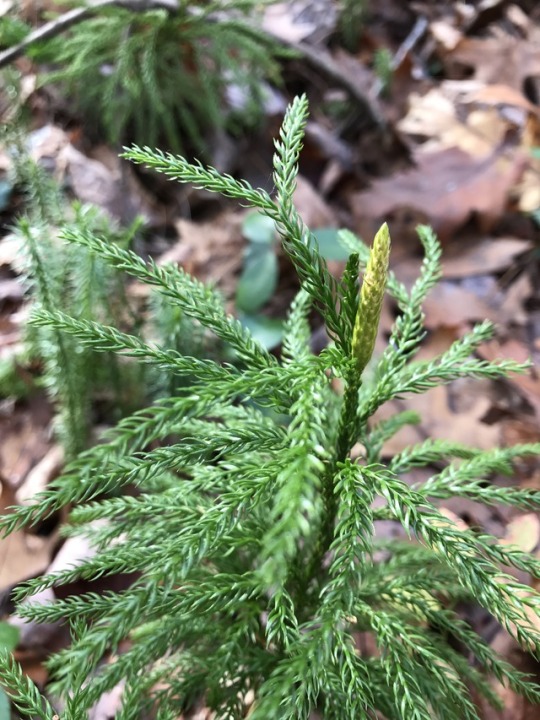

Lycopodium obscurum / Princess Pine
PLANT COMMUNITY: Northern hardwood forests
NATIVE REGION: Eastern US and Canada, China, Japan, Siberia
MATURE SIZE: Height of 0-1′; stems erect, unbranched towards base, densely branched above, bushy, tree-like
HABITAT/GROWING CONDITIONS: Hardwood forests, moist woodlands; suitable for sandy and loamy soils and prefers moist, well-drained soil; can grow in full shade or semi-shade
ECO-INDICATOR: N/A
HARDINESS ZONE: 3-7
LEAF COLOR: Sharp pointed, linear-lance-shaped; greenish to yellowish brown
VALUE FOR REHABILITATION OF DISTURBED SITES: N/A
SOURCES: https://www.wildflower.org/plants/result.php?id_plant=LYOB; http://www.pfaf.org/user/Plant.aspx?LatinName=Lycopodium+obscurum; http://www.borealforest.org/ferns/fern11.htm
#lycopodium obscurum#princess pine#northern hardwood forests#eastern us#eastern north america#canada#north america#china#japan#siberia#asia#forests#woodlands#zone 3#zone 4#zone 5#zone 6#zone 7
0 notes
Photo
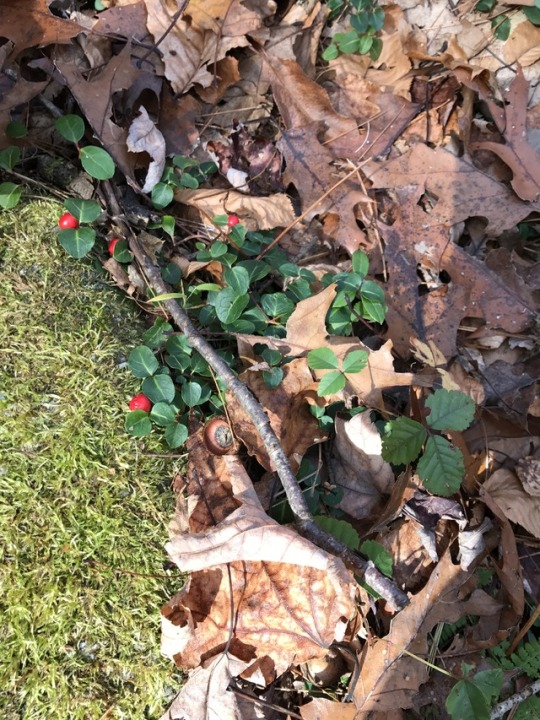
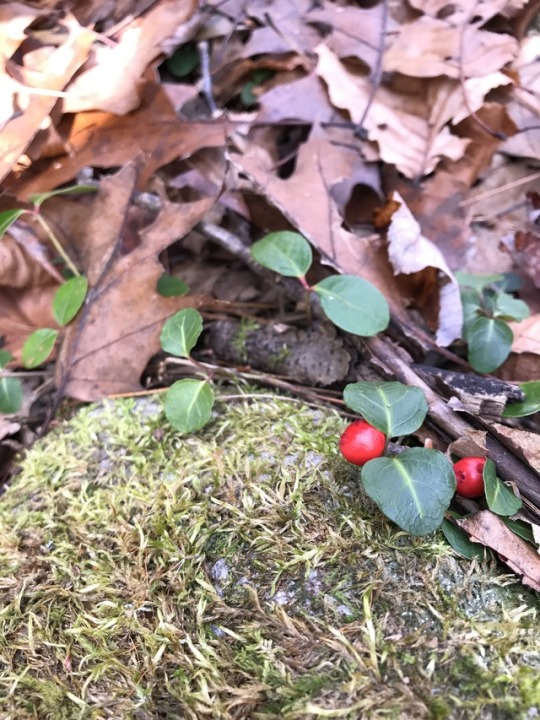

Mitchella repens / Partridge Berry
PLANT COMMUNITY: Oak hickory forest, red maple swamp
NATIVE REGION: Nova Scotia to Ontario and Minnesota, south to Florida, Arkansas and Texas
MATURE SIZE: Height of 2″; low-growing, ground-hugging cover
HABITAT/GROWING CONDITIONS: Dry or moist woods, stream banks, sandy slopes; requires humus-rich, acidic soil
ECO-INDICATOR: N/A
HARDINESS ZONE: 3-9
LEAF COLOR: Dark green and lustrous above, often with variegated whitish veins
FLOWER COLOR: Extremely fragrant, white or pinkish, possibly tinged with purple
FRUIT COLOR: Berry-like, globose red drupe
VALUE FOR REHABILITATION OF DISTURBED SITES: Mitchella repens is an evergreen groundcover that grow well in shade and partial shade for erosion control.
SOURCES: Dirr, Manual of Woody Landscape Plants; https://www.wildflower.org/plants/result.php?id_plant=MIRE; https://www.wildflower.org/expert/show.php?id=2635
#mitchella repens#partridge berry#oak hickory forest#red maple swamp#canada#eastern us#eastern north america#southern us#north america#zone 3#zone 4#zone 5#zone 6#zone 7#zone 8#zone 9#erosion control
0 notes
Photo



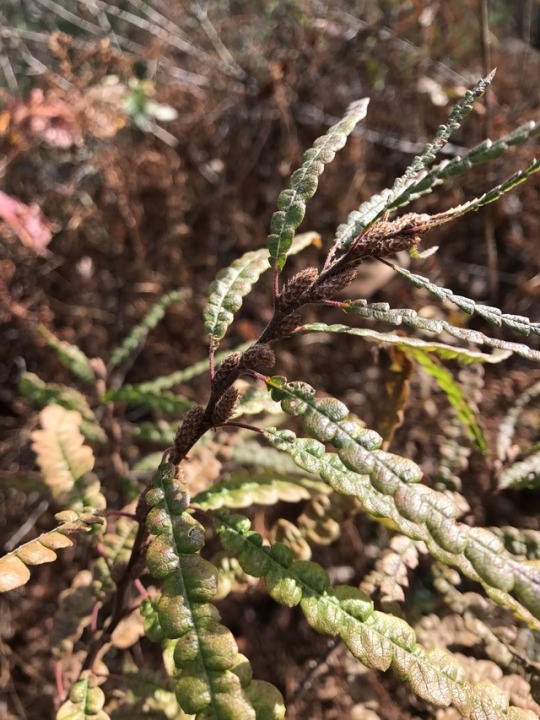
Comptonia peregrina / Sweetfern
PLANT COMMUNITY: Old field
NATIVE REGION: Nova Scotia to Manitoba, south to North Carolina
MATURE SIZE: Height of 2-4′, spread of 4-8′; broad, flat-topped to rounded outline as it spreads and suckers
HABITAT/GROWING CONDITIONS: Anthropogenic, dunes, meadows and fields, woodlands; does best in peaty, sandy, sterile, acid soils; full sun or partial shade
ECO-INDICATOR: Poor, coarse substrates
HARDINESS ZONE: 2-6
LEAF COLOR: Dark green, almost lustrous in summer; falls green or greenish brown in autumn
FLOWER COLOR: Yellow-green color cylindric catkins
FRUIT COLOR: Long, olive-brown nutlet
VALUE FOR REHABILITATION OF DISTURBED SITES: Because sweetfern fixes nitrogen and is drought tolerant, it is ideal for erosion control on dry sandy banks, sand dunes, along roads, or under powerlines. Sweetfern colonized metal-contaminated soils near Sudbury, Ontario, 1 year following application of dolomite limestone.
SOURCES: https://www.fs.fed.us/database/feis/plants/shrub/comper/all.html; https://gobotany.newenglandwild.org/species/comptonia/peregrina/; Dirr, Manual of Woody Landscape Plants
#comptonia peregrina#sweetfern#old field#canada#eastern north america#eastern us#north america#ecoindicator#anthropogenic#dunes#meadows#fields#woodlands#zone 2#zone 3#zone 4#zone 5#zone 6#nitrogen fixing#drought tolerant#erosion control#contaminated soils
0 notes
Photo




Gaultheria procumbens / Creeping Wintergreen
PLANT COMMUNITY: Red maple swamp
NATIVE REGION: Newfoundland to Manitoba south to Minnesota, Tennessee, Virginia and in the mountains to Georgia and Alabama
MATURE SIZE: Height of 4-6″, spread 6-12″; rhizomatous, creeping ground cover
HABITAT/GROWING CONDITIONS: Woodlands, ridges, forests, swamps; best grown in organically rich, evenly moist, acidic, well-drained soils in part shade to full shade
ECO-INDICATOR: N/A
HARDINESS ZONE: 3-8
LEAF COLOR: Glossy, leathery, elliptic to oblong, dark green leaves; acquire shades of purple in fall
FLOWER COLOR: Waxy, nodding, bell-shaped, white flowers
FRUIT COLOR: Bright red berries
VALUE FOR REHABILITATION OF DISTURBED SITES: Gaultheria procumbens is an evergreen groundcover that grow well in shade and partial shade for erosion control.
SOURCES: https://www.wildflower.org/expert/show.php?id=2635; https://www.fs.fed.us/database/feis/plants/shrub/gaupro/all.html; http://www.missouribotanicalgarden.org/PlantFinder/PlantFinderDetails.aspx?kempercode=b718
#gaultheria procumbens#creeping wintergreen#red maple swamp#canada#eastern us#eastern north america#north america#southern us#zone 3#zone 4#zone 5#zone 6#zone 7#zone 8#erosion control#acidic soils#woodlands#ledges#forests#swamps
0 notes
Photo




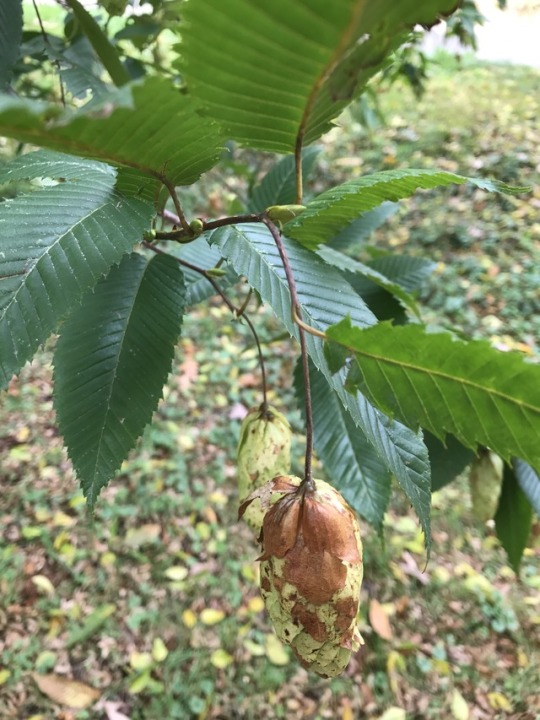
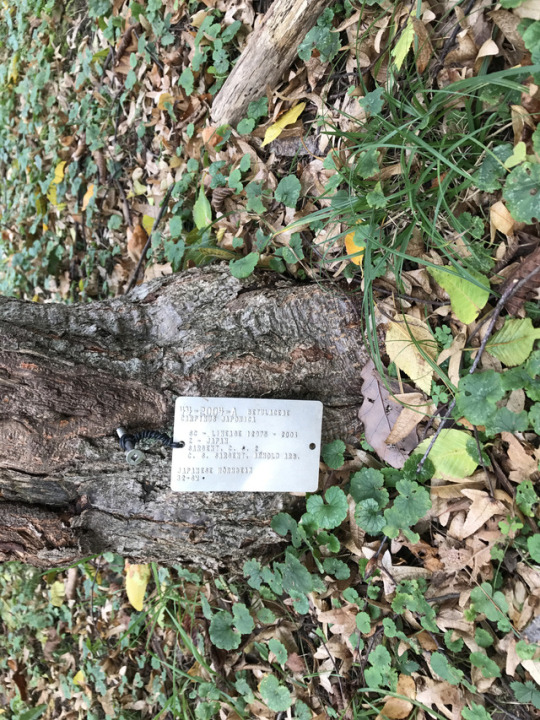
Carpinus japonica / Japanese Hornbeam
PLANT COMMUNITY: N/A
NATIVE REGION: Japan
MATURE SIZE: Height of 20-30′; wide spreading branches
HABITAT/GROWING CONDITIONS: Woody edges and woodlands; easily grown in average, medium moisture soil in part shade to full shade; tolerates full sun; prefers moist, organically rich soils.
ECO-INDICATOR: N/A
HARDINESS ZONE: 4-7
LEAF COLOR: Vein-paired, deeply impressed dark green leaves; at best yellow in the fall
FLOWER AND FRUIT COLOR: Yellowish to brown fruiting catkins are sausage-shaped, featuring dense overlapping bracts.
VALUE FOR REHABILITATION OF DISTURBED SITES: N/A
SOURCES: Dirr, Manual of Woody Landscape Plants; http://dendro.cnre.vt.edu/dendrology/syllabus/factsheet.cfm?ID=994; http://www.missouribotanicalgarden.org/PlantFinder/PlantFinderDetails.aspx?kempercode=a406
#carpinus japonica#Japanese hornbeam#japan#asia#woodlands#woodland edges#zone 4#zone 5#zone 6#zone 7
0 notes
Photo


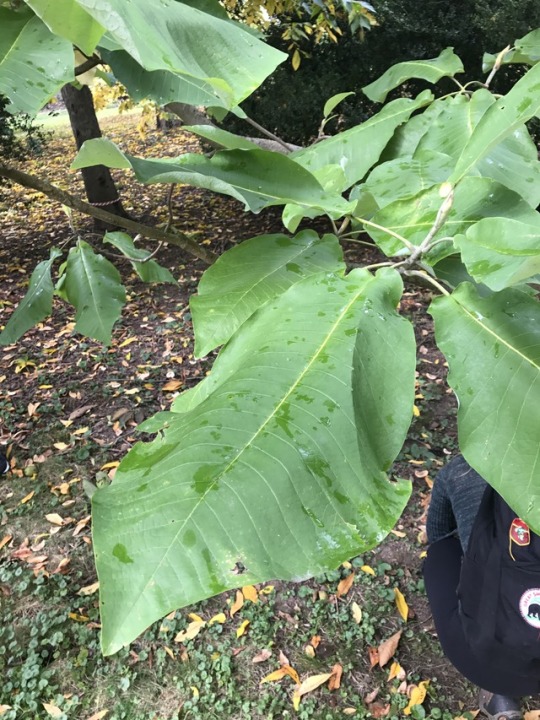

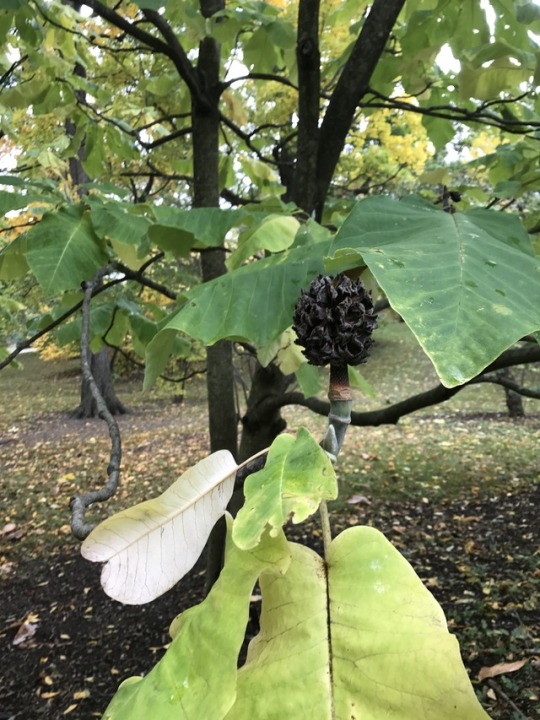
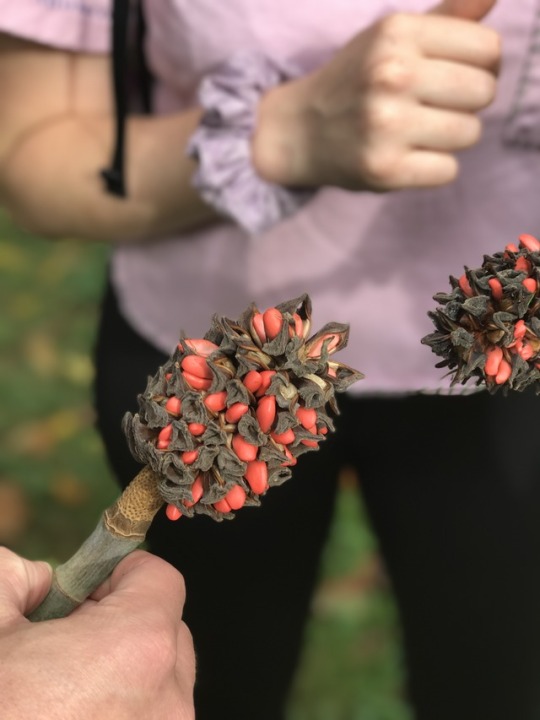

Magnolia macrophylla spp. macrophylla / Bigleaf Magnolia
PLANT COMMUNITY: N/A
NATIVE REGION: Ohio to Florida, west to Arkansas and Louisiana
MATURE SIZE: Height of 30-40′, spread of 30-40′; pyramidal, spreading rounded crown
HABITAT/GROWING CONDITIONS: Moist, organically rich, well-drained loams in full sun to part shade; intolerant of soil extremes and most urban pollutants
ECO-INDICATOR: N/A
HARDINESS ZONE: 5-8
LEAF COLOR: Huge oblong-obovate leaves, green above and silvery-gray below
FLOWER COLOR: Creamy-white, fragrant, inner petals stained purple toward their base
FRUIT COLOR: Spherical cone-like fruits; mature to roundish, egg-shaped, rose-colored seeds
VALUE FOR REHABILITATION OF DISTURBED SITES: N/A
SOURCES: Dirr, Manual of Woody Landscape Plants; http://www.missouribotanicalgarden.org/PlantFinder/PlantFinderDetails.aspx?kempercode=a884
#magnolia macrophylla spp. macrophylla#bigleaf magnolia#southern us#eastern us#north america#zone 5#zone 6#zone 7#zone 8
0 notes
Photo
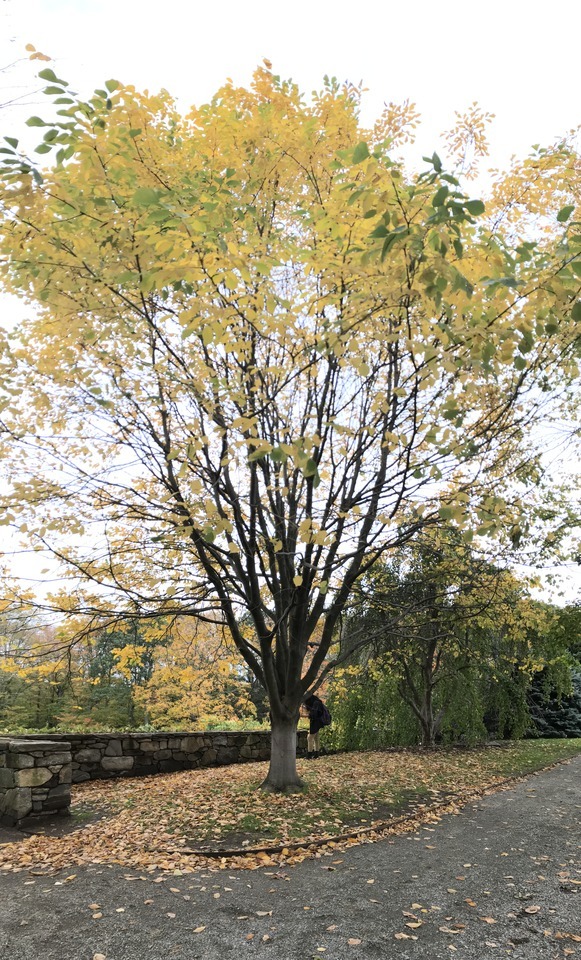

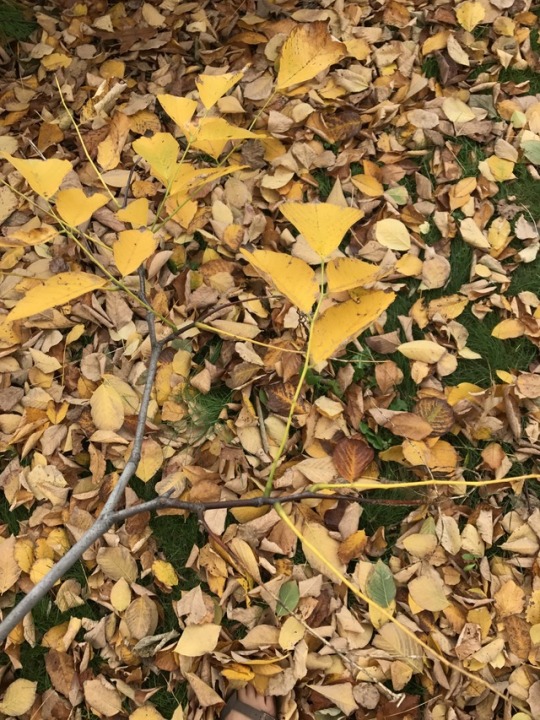


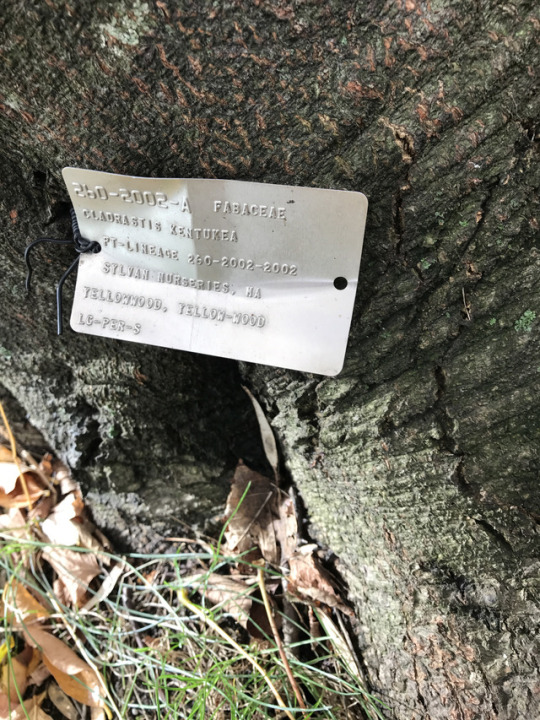
Cladrastis kentukea / Yellowwood
PLANT COMMUNITY: N/A
NATIVE REGION: North Carolina to Kentucky and Tennessee
MATURE SIZE: Height of 30-50′, spread of 40-55′; broad, rounded crown of delicate branches
HABITAT/GROWING CONDITIONS: Limestone cliffs and ridges; full sun, tolerates high pH as well as low pH; best in a location protected from strong winds
ECO-INDICATOR: N/A
HARDINESS ZONE: 4-8
LEAF COLOR: Opening bright yellowish green, gradually changing to bright green in summer
FLOWER COLOR: Perfect, white, fragrant
FRUIT: Brown pod with flat, brown, hard-coated seeds
VALUE FOR REHABILITATION OF DISTURBED SITES: N/A
SOURCES: Dirr, Manual of Woody Landscape Plants; http://www.missouribotanicalgarden.org/PlantFinder/PlantFinderDetails.aspx?kempercode=a270
#cladrastis kentukea#yellowwood#eastern us#southern us#cliffs#ledges#zone 4#zone 5#zone 6#zone 7#zone 8#north america
0 notes
Photo





Tilia cordata / Littleleaf Linden
PLANT COMMUNITY: N/A
NATIVE REGION: Europe
MATURE SIZE: Height of 60-70′, spread 1/2 to 2/3′s of height; upright-oval to pyramidal-rounded and densely branched
HABITAT/GROWING CONDITIONS: Prefers moist, well-drained, fertile soil, full sun; pollution tolerant
ECO-INDICATOR: N/A
HARDINESS ZONE: 3-7
LEAF COLOR: Dark shiny green in summer, changing to yellow in fall
FLOWER COLOR: Yellowish, fragrant
FRUIT COLOR: Gray pubescence nutlet
VALUE FOR REHABILITATION OF DISTURBED SITES: Tilia cordata are useful for windbreak plantings.
SOURCES: Dirr, Manual of Woody Landscape Plants; https://www.extension.umn.edu/environment/agroforestry/selecting-trees-shrubs-windbreaks/docs/windbreaksrevised_1.pdf
0 notes
Photo


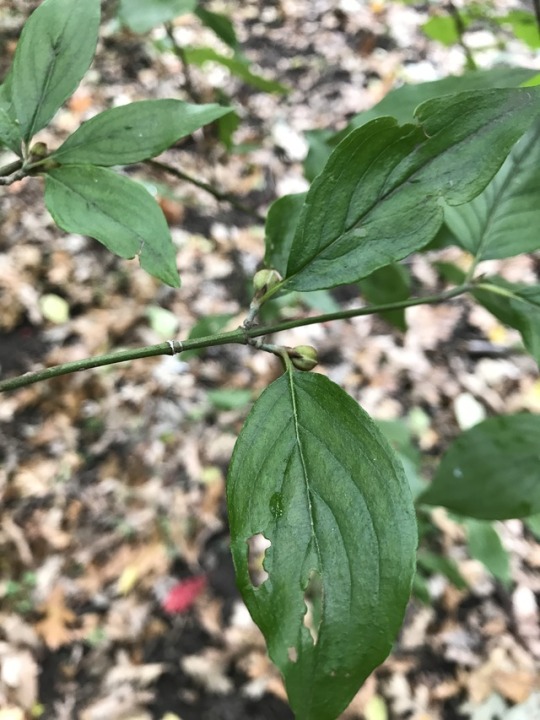


Cornus mas ‘flava’ / Yellowfruit Cornelian-Cherry
PLANT COMMUNITY: N/A
NATIVE REGION: Europe, Western Asia
MATURE SIZE: Height of 15-25′, spread of 12-18′; rounded crown
HABITAT/GROWING CONDITIONS: Full sun or partial sun or partial shade; prefers well-drained soil, tolerates acidic or alkaline soil
ECO-INDICATOR: N/A
HARDINESS ZONE: 5-8
LEAF COLOR: Ovate to elliptic dark green foliage; red fall color
FLOWER COLOR: Yellow flowers
FRUIT COLOR: Large, yellow fruit
VALUE FOR REHABILITATION OF DISTURBED SITES: The Cornelian cherry is valuable because it is undemanding in terms of its position and cultivation; it grows in an extreme environment. It has an important landscape-forming as well as an aesthetic, rehabilitation, isolation and cultural function.
SOURCES: http://edis.ifas.ufl.edu/st196; http://www.missouribotanicalgarden.org/PlantFinder/PlantFinderDetails.aspx?kempercode=c290; https://acta.mendelu.cz/media/pdf/actaun_2012060080049.pdf
0 notes
Photo





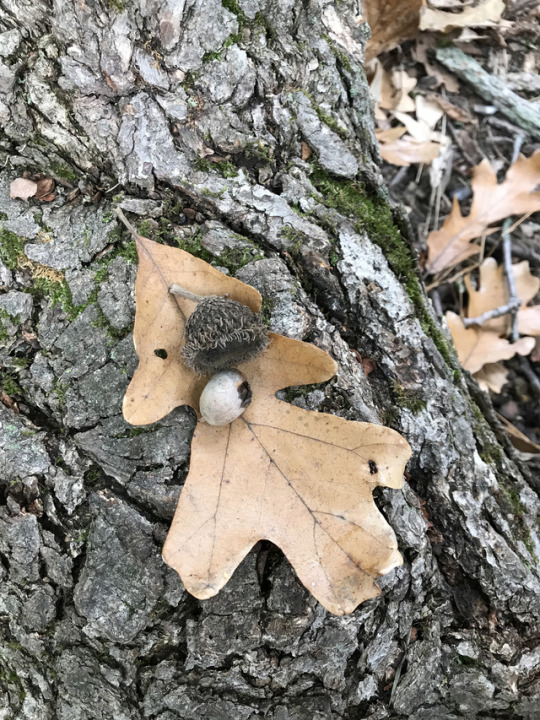

Quercus macrocarpa / Burr Oak
PLANT COMMUNITY: Oak hickory forest
NATIVE REGION: Nova Scotia to Pennsylvania, west to Manitoba and Texas
MATURE SIZE: Height of 60-80′, spread of 60-80′; massive trunk and a broad crown of stout branches
HABITAT/GROWING CONDITIONS: Low woods, stream valleys; adaptable to various soils, found on sandy plains to moist alluvial bottoms; full sun
ECO-INDICATOR: N/A
HARDINESS ZONE: 3-8
LEAF COLOR: Lustrous, leathery dark green in summer; dull yellow-green, yellow, to yellow-brown in fall
FLOWER COLOR: Yellowish-green catkins
FRUIT COLOR: Oval acorns with fringed, burry cups
VALUE FOR REHABILITATION OF DISTURBED SITES: One of the better performing hardwoods in surface-mine plantings in Missouri, Kansas, and Oklahoma, established successfully from both seedlings and seed. Survival and persistence of bur oak have been reported on revegetated mine sites as high as 75% on surface coal mine reclamation sites in Wyoming and Colorado. Age of spoils ranged from 1 to 16 years old, and pH ranged from 2.4 to 8.1 On another surface mine site in eastern Kentucky, bur oak survival was reported as 68% in the 5th year. In Laurel County, Kentucky, bur oak was still present 18 years after planting on a coal surface mine site. Bur oak is also useful as a windbreak planting.
SOURCES: Dirr, Manual of Woody Plants; http://www.missouribotanicalgarden.org/PlantFinder/PlantFinderDetails.aspx?kempercode=a902; https://www.osmre.gov/resources/library/ghm/ne68.pdf; https://www.fs.fed.us/database/feis/plants/tree/quemac/all.html#ManagementConsiderations; https://www.extension.umn.edu/environment/agroforestry/selecting-trees-shrubs-windbreaks/docs/windbreaksrevised_1.pdf
#quercus macrocarpa#burr oak#oak hickory forest#canada#eastern us#eastern north america#southern us#north america#zone 3#zone 4#zone 5#zone 6#zone 7#zone 8#revegetation#coal mines#woodlands#streams#windbreak
0 notes